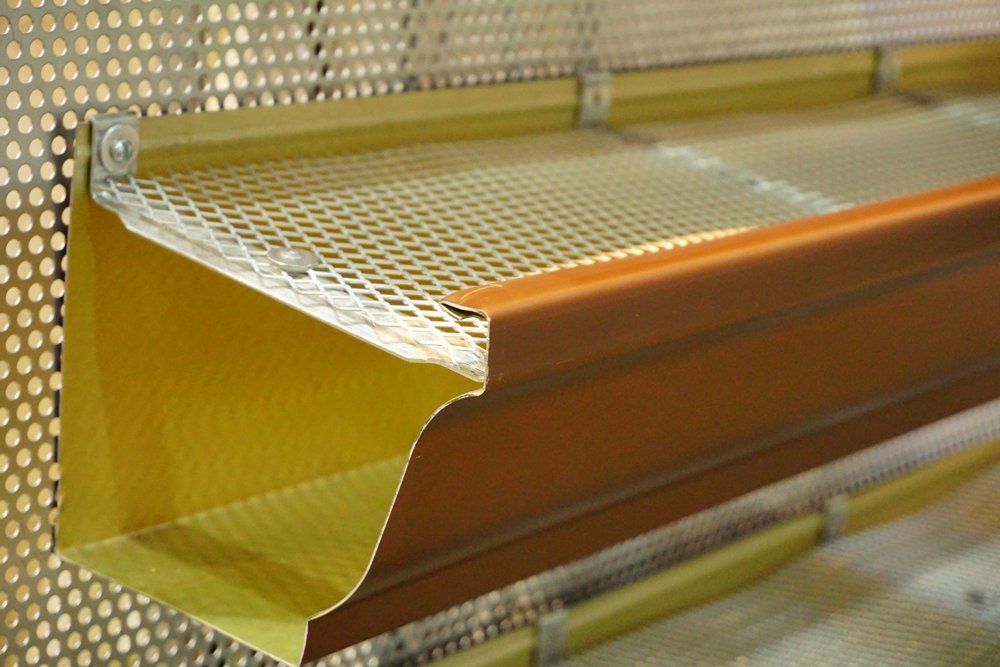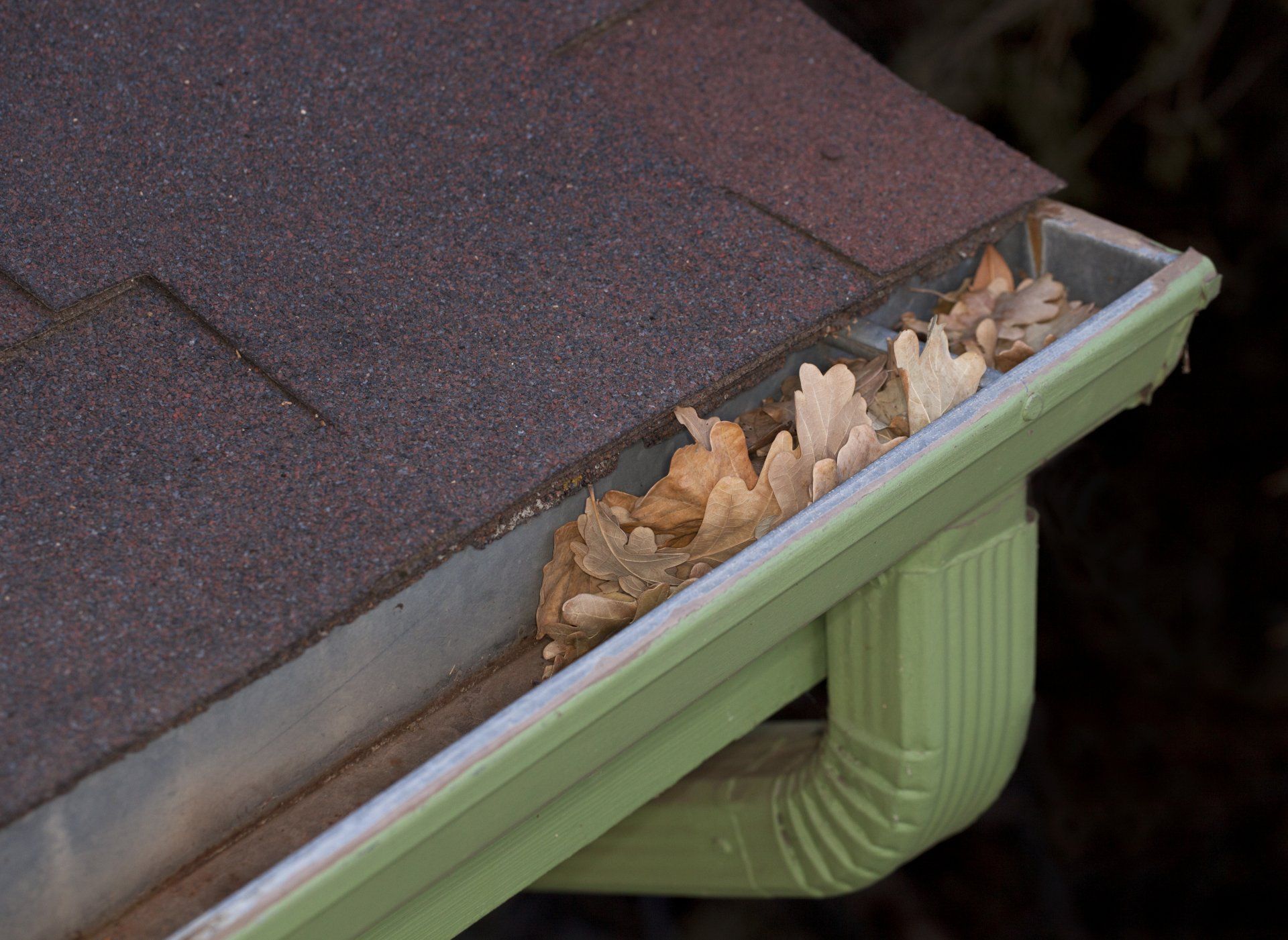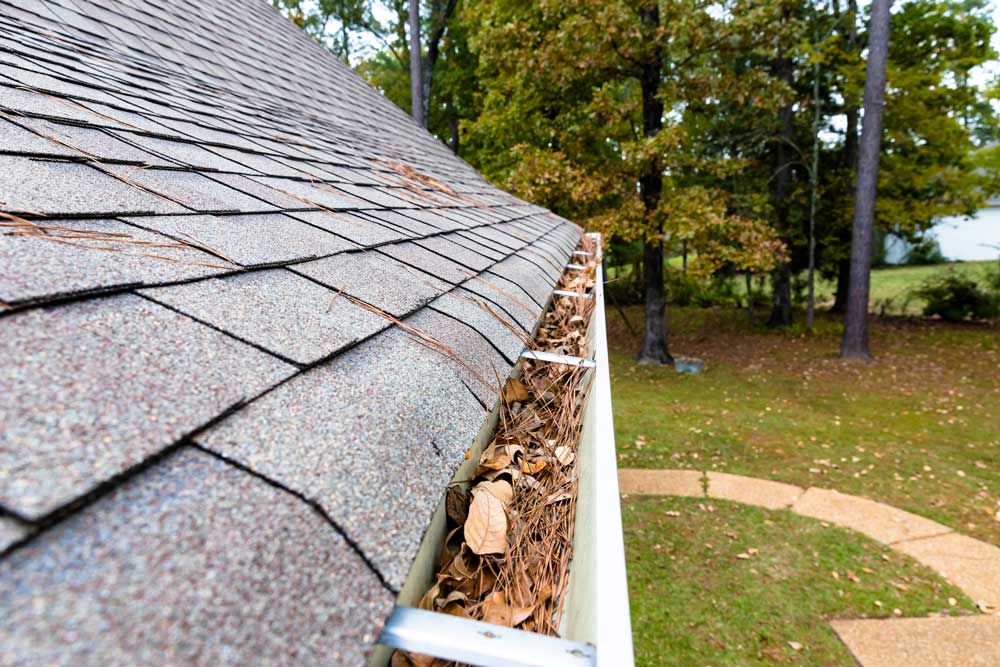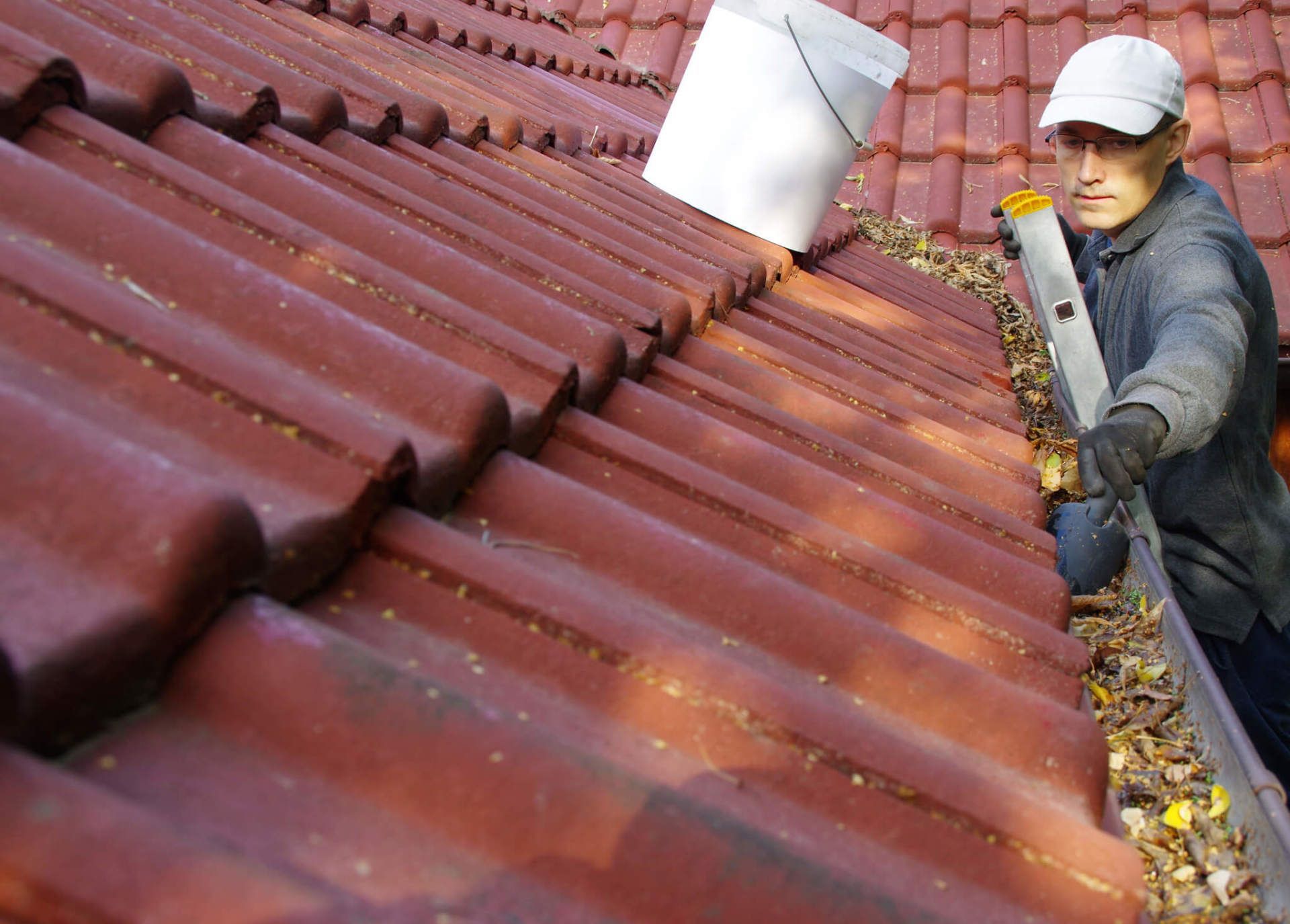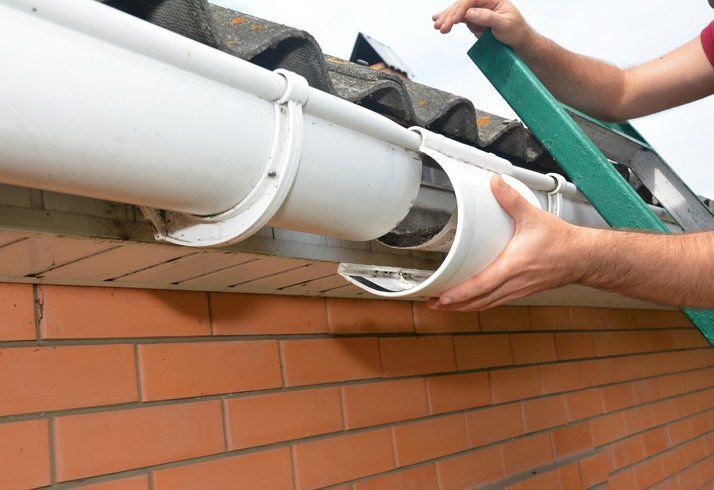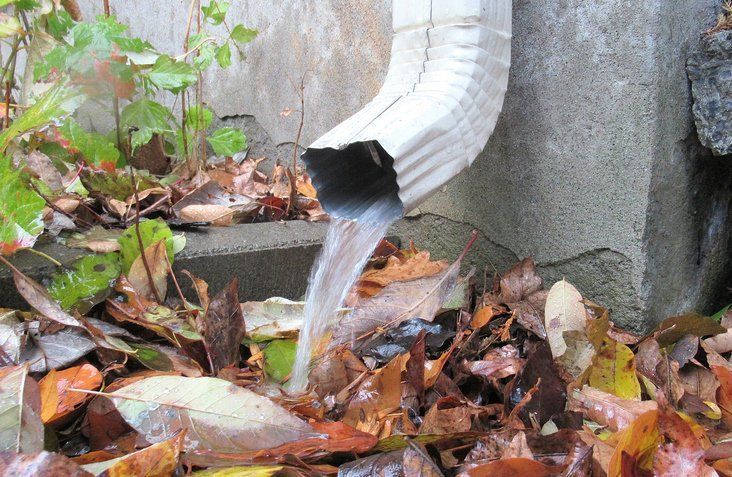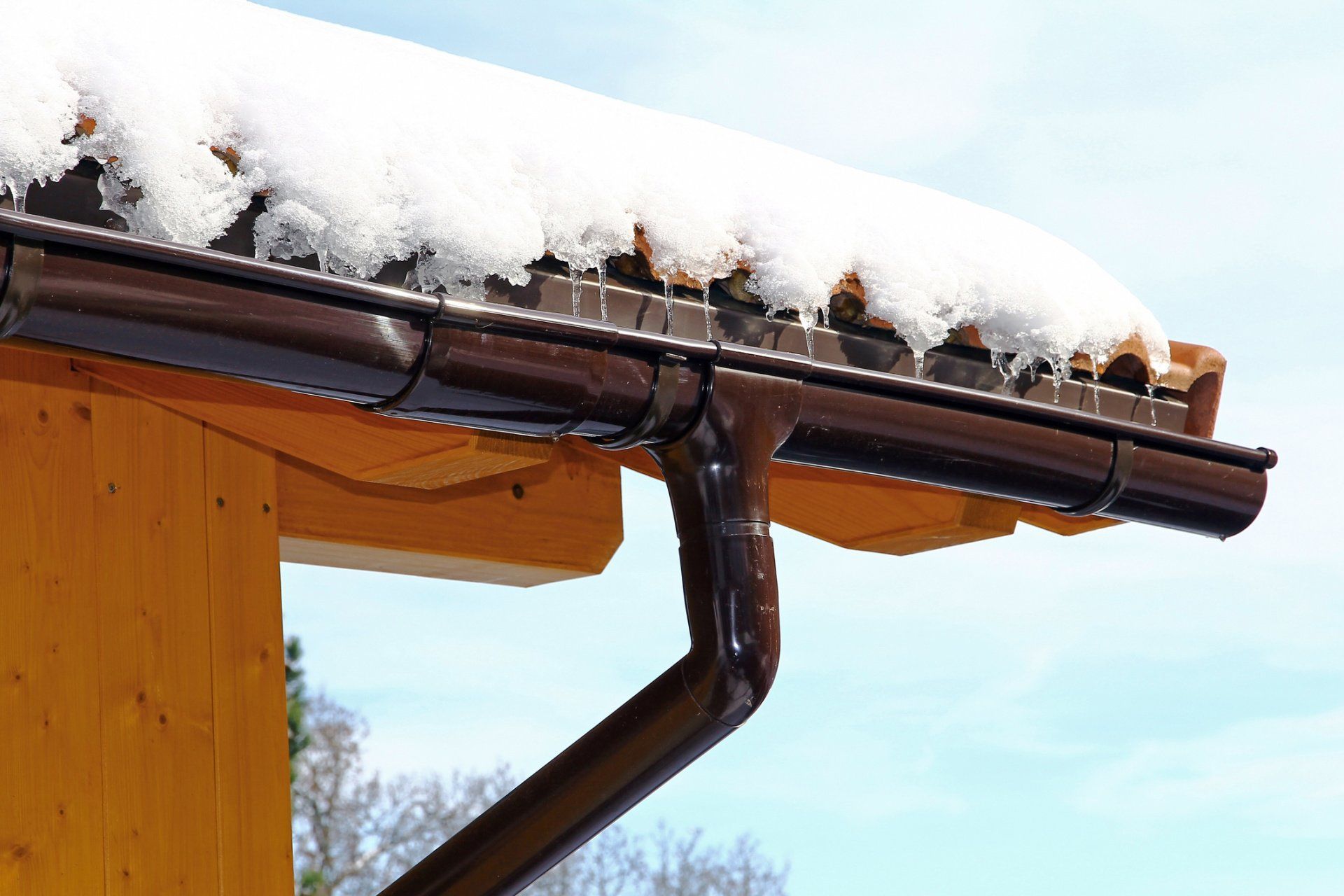5 Reasons Your Roof Might Leak
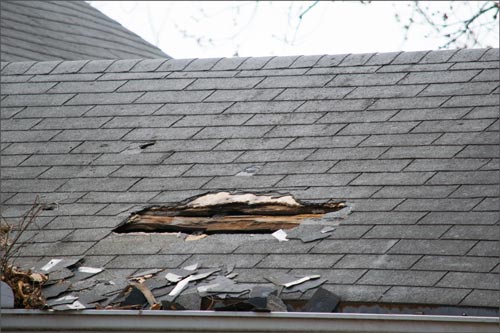
Your home's roof serves as the first line of defense against water infiltration. Residential roofing systems are designed to provide a watertight barrier between your home's building envelope and the outside environment.
For the most part, your roof probably performs pretty well. Unfortunately, some factors might contribute to the development of dangerous leaks in your roofing system. Watch for these signs of potential leaks so that you can have your roof repaired before any substantial water damage occurs.
1. Ineffective Gutters
The rain gutters that are attached to your home's roof play a vital role in helping to maintain the watertight seal of the roofing materials. When rain gutters become damaged or clogged, water can begin to pool on the surface of your roof.
Over time, this pooling water causes roofing materials to deteriorate, and water begins to leak into your home. Take the time to regularly inspect your rain gutters for signs of damage. Keep your gutters free of debris to ensure water can move away from your home's roof properly.
2. Deteriorating Shingles
If your home is equipped with asphalt shingles, these shingles must remain in good condition if you want your roof to retain its watertight seal. Shingles that have started to buckle or curl can allow water to seep underneath them, making it easier for leaks to form.
Storm damage can compromise the quality of your shingles, as well as age and exposure to the sun's UV rays. Conduct routine visual inspections of your roof to check for damaged or missing shingles. Have these faulty shingles replaced quickly to prevent leaks from plaguing your home.
3. Damaged Flashing
Your residential roof has some vulnerable areas. Spots where a chimney or vents extend out from your roof, joints at dormers, or seams where two flat sections of roof meet are particularly susceptible to water infiltration. These vulnerable areas are reinforced with metal materials referred to as flashing.
If the nails holding your flashing in place begin to come loose, if the flashing is bent during a severe windstorm, or if parts of your flashing have started to corrode, water leaks can form within your home. Check the condition of the flashing on your home's roof often to ensure vulnerable areas are protected against water infiltration.
4. Aging
Residential roofing materials are durable enough to stand up to extensive exposure to the elements, but these materials are not designed to last forever. As your home's roof ages, it becomes more susceptible to developing serious water leaks.
Roofing materials expand and contract as outdoor temperatures fluctuate. This expansion and contraction process causes the roofing materials to weaken and deteriorate over time. An aging roof may have worn shingles, a brittle underlayment, or dry rot in the fascia that makes water penetration more likely.
5. Ice Dams
Temperatures can fluctuate significantly throughout the winter months. These fluctuations cause snow to melt and refreeze several times on your roof's surface. When melting snow freezes at the edge of your roof, it impedes the drainage of water from your roof's surface. These frozen areas are referred to as ice dams.
Ice dams pose a serious risk to the integrity of your roofing system. The water that pools and freezes around an ice dam can damage your roofing materials and cause water to leak into your home. Be sure to check for ice dams throughout the winter, and have a roofing professional inspect your roof in the spring to look for evidence of damage left by ice dams.
Water leaks can be devastating. Contact Rain-Flow Systems, LLC, today for help keeping your residential roof watertight.


